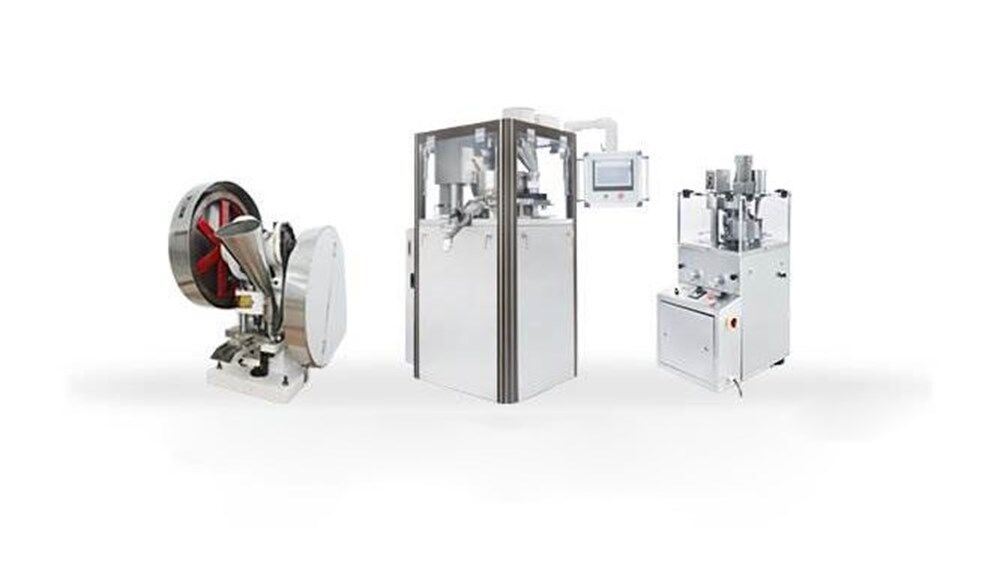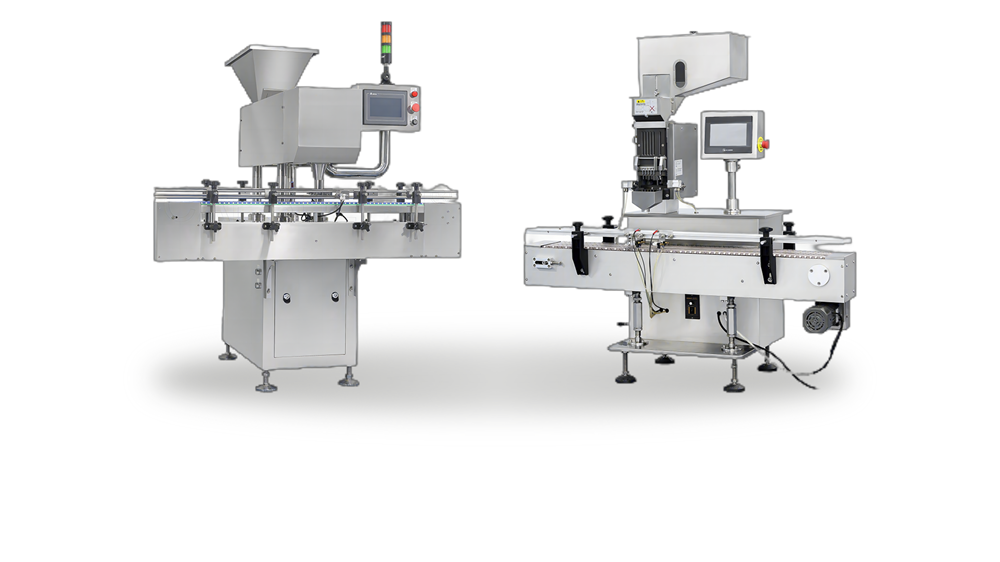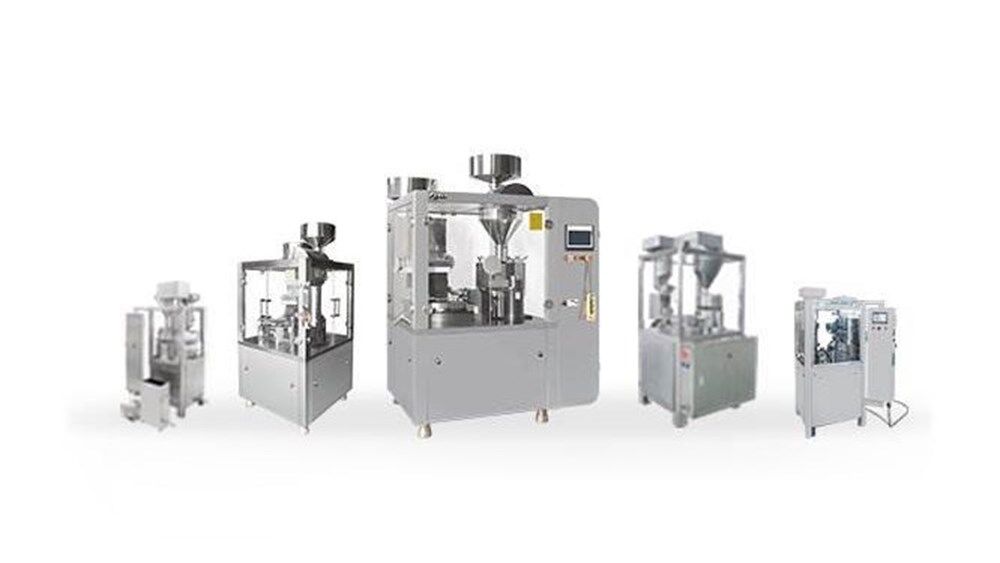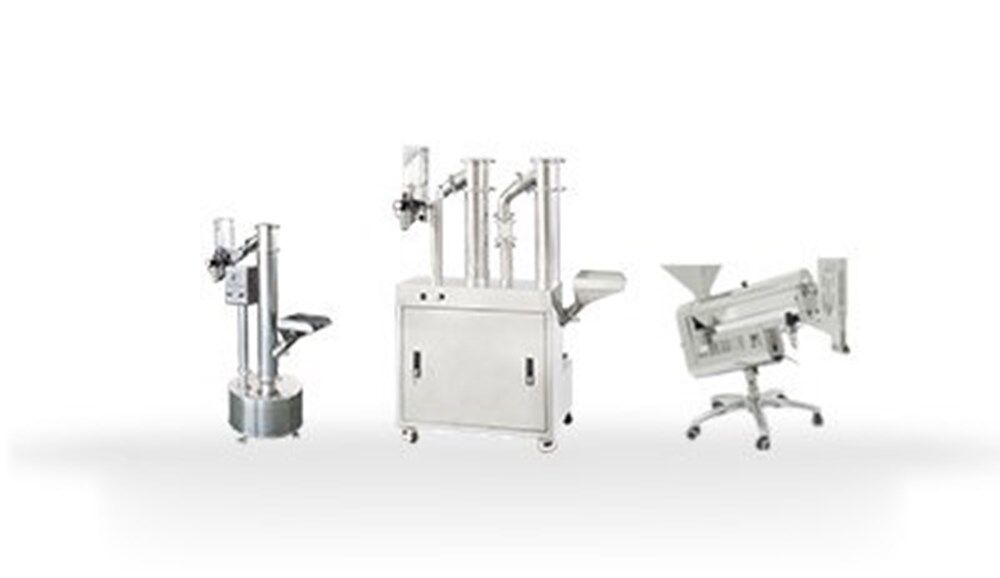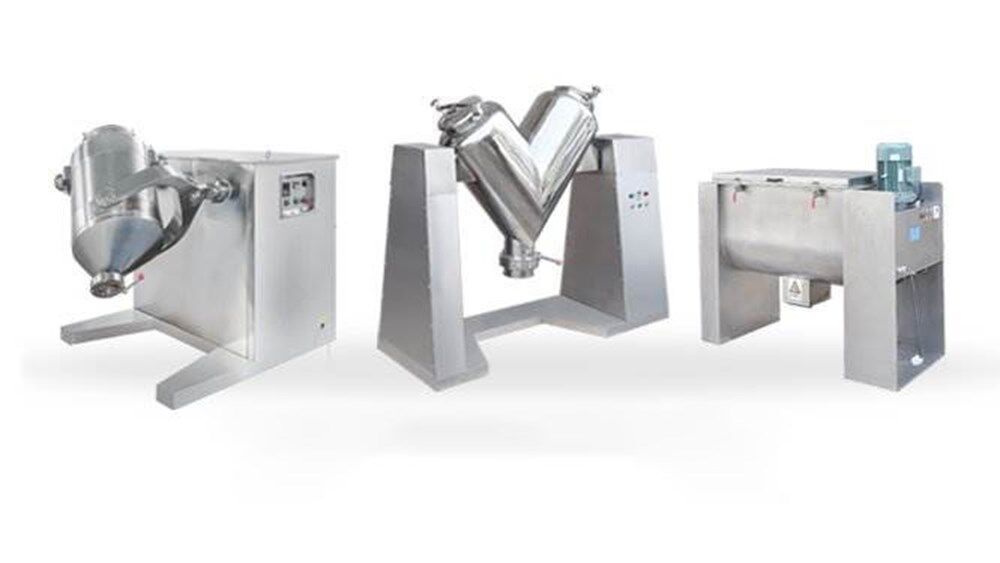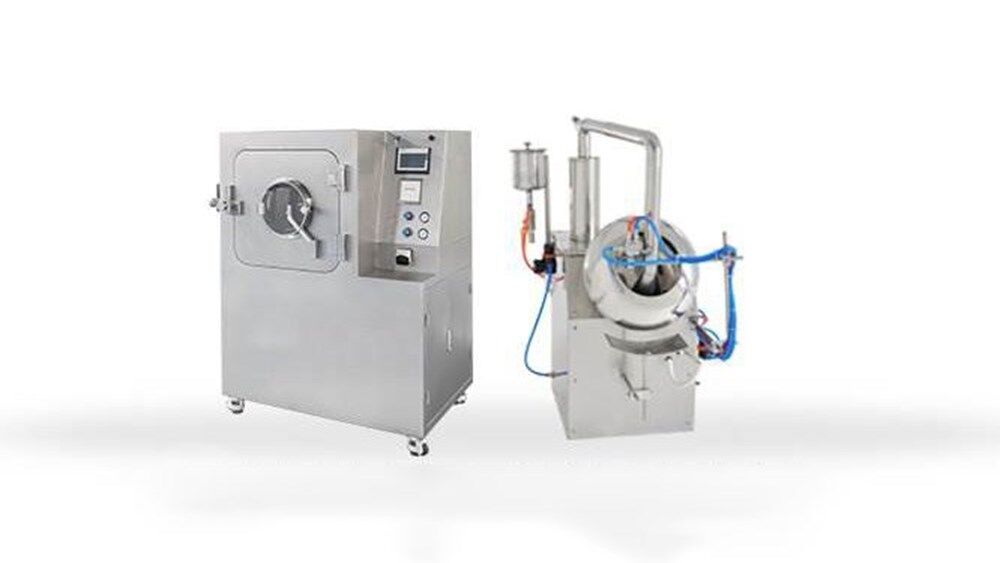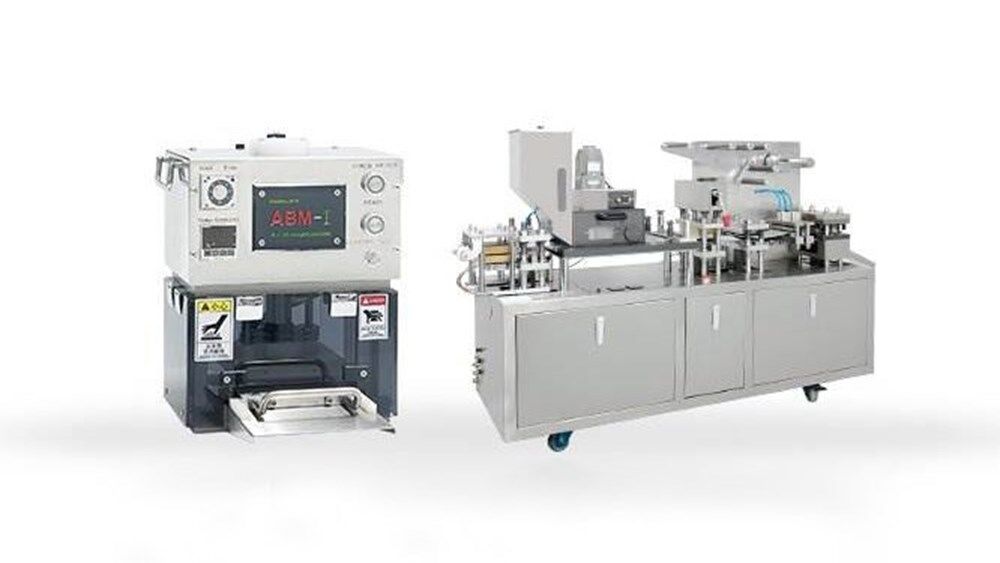5 Must-Know Parts in the Rolling Die Process for Operation
Softgel capsules are widely used in the pharmaceutical and nutritional supplement industries. They are increasingly popular because of their easy swallowing. Behind the smooth, uniform shape of these capsules is a key manufacturing method called the rotary die process. This process plays an important role in producing softgel capsules efficiently and consistently. If you also want to start softgel business, it is better to know
- How does rotary die help making softgels?
- Five key parts of the rotary die process
- How does the rotary die process work?
How Does Rotary Die Help Making Softgels?
It works by two rotating molds, called rotary dies. They are the main parts of production. On their faces, there are many small cavities to make softgels. The size and shape of these cavities could be customized based on your needs, like rounds, animals, fruits, etc. During operation, a thin sheet of gelatin passes between these rotary dies and form softgel shapes. Meanwhile, the machine injects the filling material, such as oils, liquids, or pastes, into the gelatin. As the molds rotate, they press the gelatin sheets together, and seal the capsules all in one continuous process.
This process is very important in the production of softgel capsules. Because it allows for high-speed, consistent, and accurate capsule making. Each capsule is the same size and contains the right amount of filling. Moreover, it masks the taste or smell of strong ingredients.
Applications
There are many uses of this manufacturing method.
- Pharma industry. In the pharmaceutical industry, softgel capsules are used to deliver medicines in liquid, oil, or semi-solid forms. Common examples include pain relievers and antibiotics.
- Nutritional supplements. This is one of the biggest users of the rotary die process. Products like vitamins, omega-3 fish oils, and flaxseed oil are often made in softgel form.
- Cosmetic products. In the cosmetic industry, softgel capsules are used for products like skin serums, essential oils, and beauty supplements. Some skincare products come in single-use softgel capsules. It can protect sensitive ingredients like retinol, or hyaluronic acid from air exposure.
Five Key Parts of the Rotary Die Process
There are some components you should know to conduct the process.
Rotary dies
The rotary dies are the most important part of the machine. They are two large metal rollers. And there are many small shapes carved into them, like tiny molds. These shapes decide the size and shape of the softgel capsules, such as round, oval, or oblong. Rotary dies are usually made from high-strength materials. So they can be durable, precise and resistant to wear. Common materials to make dies are stainless steel. It is known for its toughness and corrosion resistance. Stainless steel is often used in pharmaceutical equipment. Because it is easy to clean and safe for contact with food or medicine.
Gelatin ribbon system
The gelatin ribbon system creates thin sheets of soft, flexible gelatin, known as gelatin ribbons. At first, liquid gelatin is poured onto large and chilled rollers to cool down. Then, it forms two even ribbons. These ribbons work as the outer shell of the softgel capsule. When preparing the liquid gelatin, it is important to pay attention to the gelatin concentration. If it is too thin, the capsules may not form properly. If it is too thick, it can affect the softness of the capsules.
The two ribbons move from opposite sides of the machine toward the rotary dies. The ribbons are carefully controlled to maintain the right thickness, softness, and temperature. This helps the capsules form properly without tearing or leaking.
Filling system
The filling system is responsible for injecting the liquid, oil, paste, or suspension into the capsules. It includes a set of precision pumps and nozzles. They control the correct amount of filling material going into each capsule. This system is placed in the center between two rolling dies. The filling is injected right at the moment when the gelatin ribbons meet. This allows the filling to be sealed inside the gelatin shell without spilling. This system must be very accurate because even a small difference can lead to overfilled or underfilled capsules.
In addition, the filling nozzles should have an anti-drip function to prevent material leakage and contaminate the gelatin ribbons. A reflux system is also needed. Excess filling liquid can flow back to the storage tank through the return pipes. It prevents waste and maintains pressure balance in the system.
Sealing and cutting mechanism
Once the gelatin ribbons and the filling material meet, the capsules need to be sealed to prevent leaks. The rotary dies press the gelatin ribbons together under the right pressure and temperature. It melts the gelatin slightly and seals the capsule tightly. At the same time, the capsule is cut from the gelatin ribbon with sharp edges built into the rotary dies. This is why softgel capsules come out in perfect shapes. The sealing and cutting happen almost instantly as the machine runs.
This method is often used for the production of regular pharmaceutical softgel capsules. However, the cutting accuracy depends on the mold's processing quality. So if you find mold wear, replace it as soon as possible.
Manufacturers also use brushes to separate complete softgels. In this case, the capsules are only partially cut in the molds and still slightly connected to the gelatin ribbon. As the molds continue to rotate, a pair of brushes gently brushes the capsules to separate them from the mold pockets. In some machines, after the capsules are removed, they go through additional cutting devices to trim the edges. This ensures a smooth capsule surface. This method is more suitable for softgels with irregular shapes or high-viscosity fill materials.
Support systems
They mainly include lubrication and cooling systems. A lubrication system applies a thin layer of food-grade oil to the gelatin ribbons. This helps the gelatin move smoothly through the machine without sticking to the dies. It also reduces friction, which helps the capsules seal better.
After the capsules are formed, they go through a cooling system to help them keep their shape. The cooling process makes the gelatin shell stronger and prevents the capsules from becoming too soft or sticky. Proper cooling also improves the capsule’s shelf life.
How Does the Rotary Die Process Work?
Preparation of gelatin ribbon
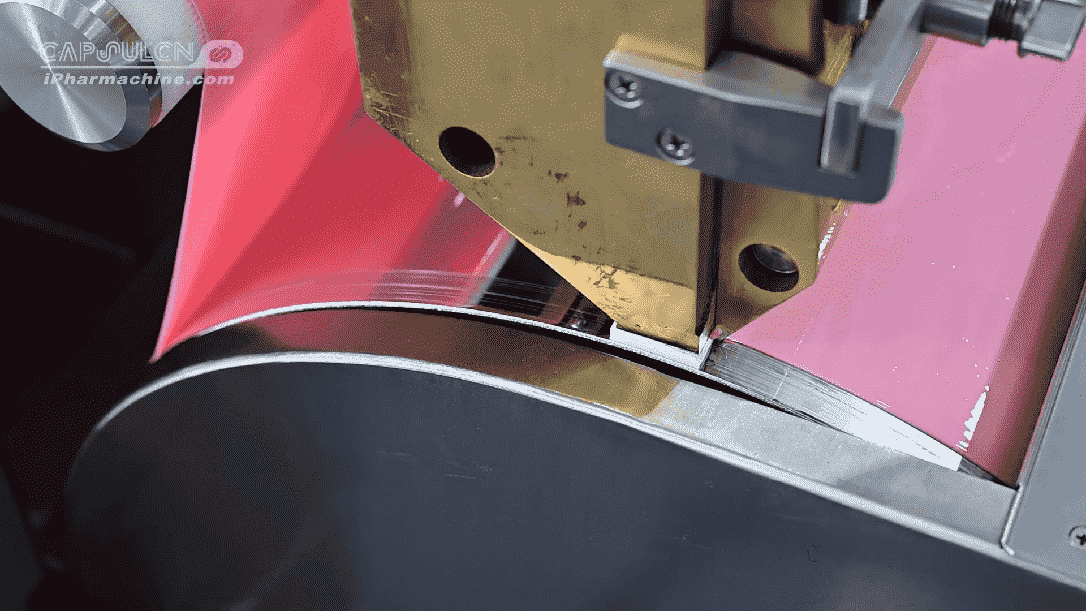
Gelatin, water, and a plasticizer are mixed and heated until they form a smooth, liquid solution. Then they pass through cooling drums to form two even, soft gelatin ribbons. They are similar to thin films. These two gelatin ribbons are transported to both sides of the rotary dies in the machine. They’ll move toward the other one in the process.
Filling
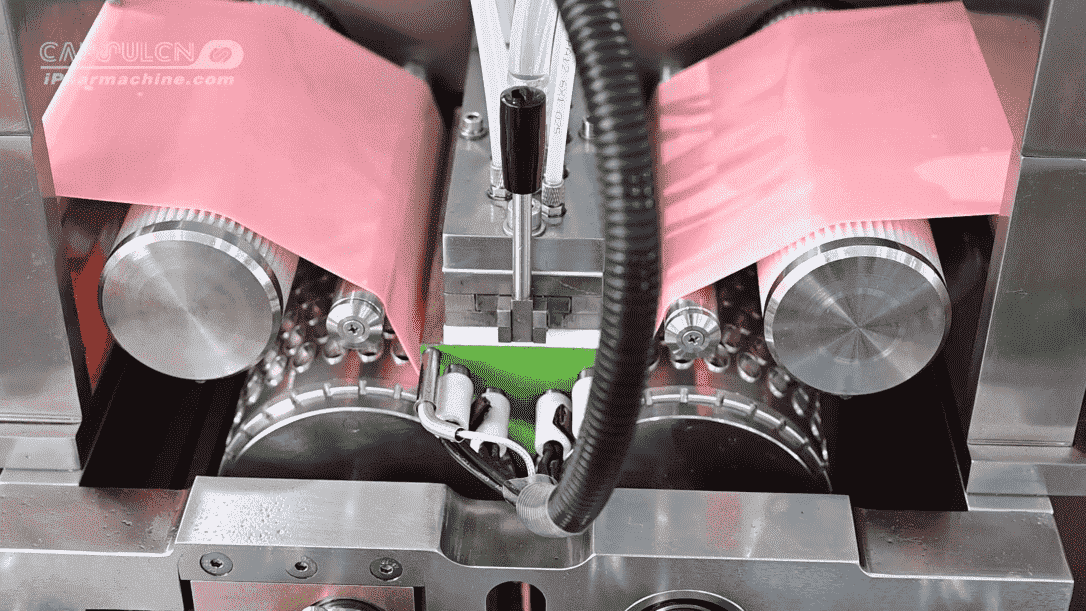
At the same time, the content inside the softgel is prepared. This filling material should be carefully formulated to maintain the right viscosity and stability. It is stored in the reservoir tank before filling. Then, it is transferred to the filling system. A precise pump delivers the fill material through special injectors positioned between the gelatin ribbons. These injectors deposit the exact amount of liquid into each capsule as the ribbons come together. The injection system and the rotary dies move in complete sync. So the fill amount inside each capsule is the same.
Forming and sealing
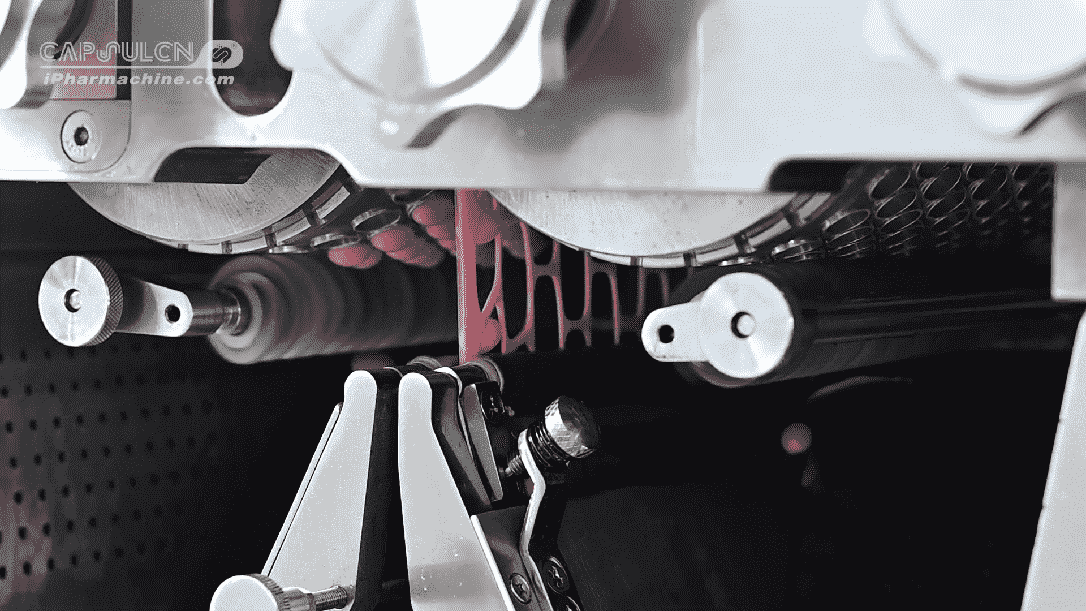
Next, the dies keep rotating, pressing the two gelatin ribbons together. Meanwhile, pressure and heat seal them to form complete softgel capsules. This step ensures that the capsules are properly sealed to prevent leakage.
Cutting and shaping
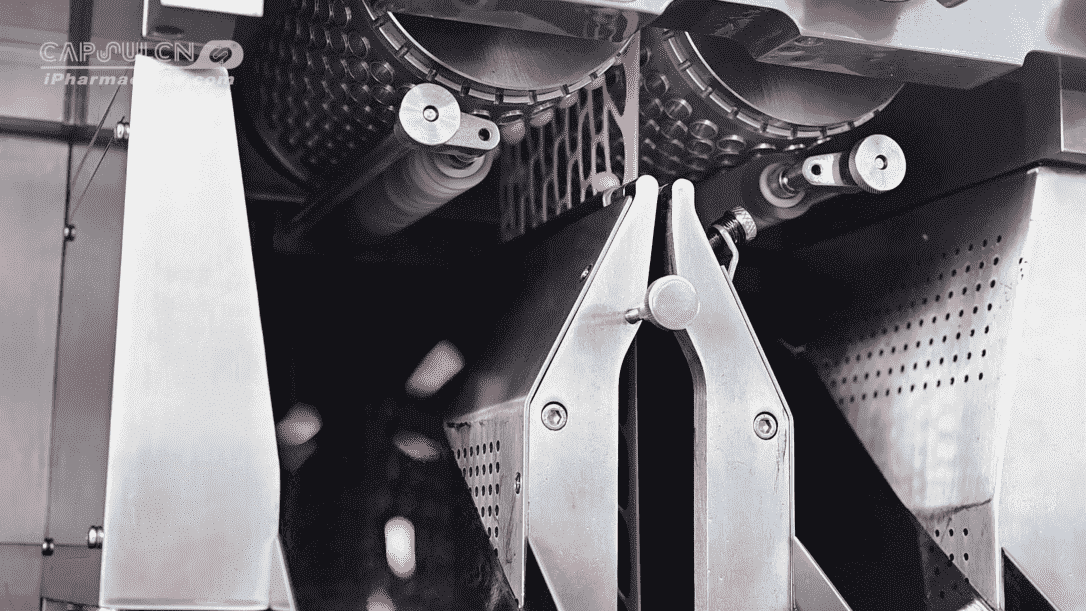
Finally, capsules need to be cut from the gelatin ribbons. Since the newly formed softgel capsules still have some moisture inside, they need to be cooled and dried to become firm and flexible.
The End
The rotary die process is a reliable choice for manufacturers. Whether producing vitamins, fish oils, or specialized medicines, it improves efficiency, accuracy, and product safety. If you want to find a softgel making machine designed with this method, contact iPharMachine. We provide a variety of equipment to suit your needs.
Leave your comment
Also Offers
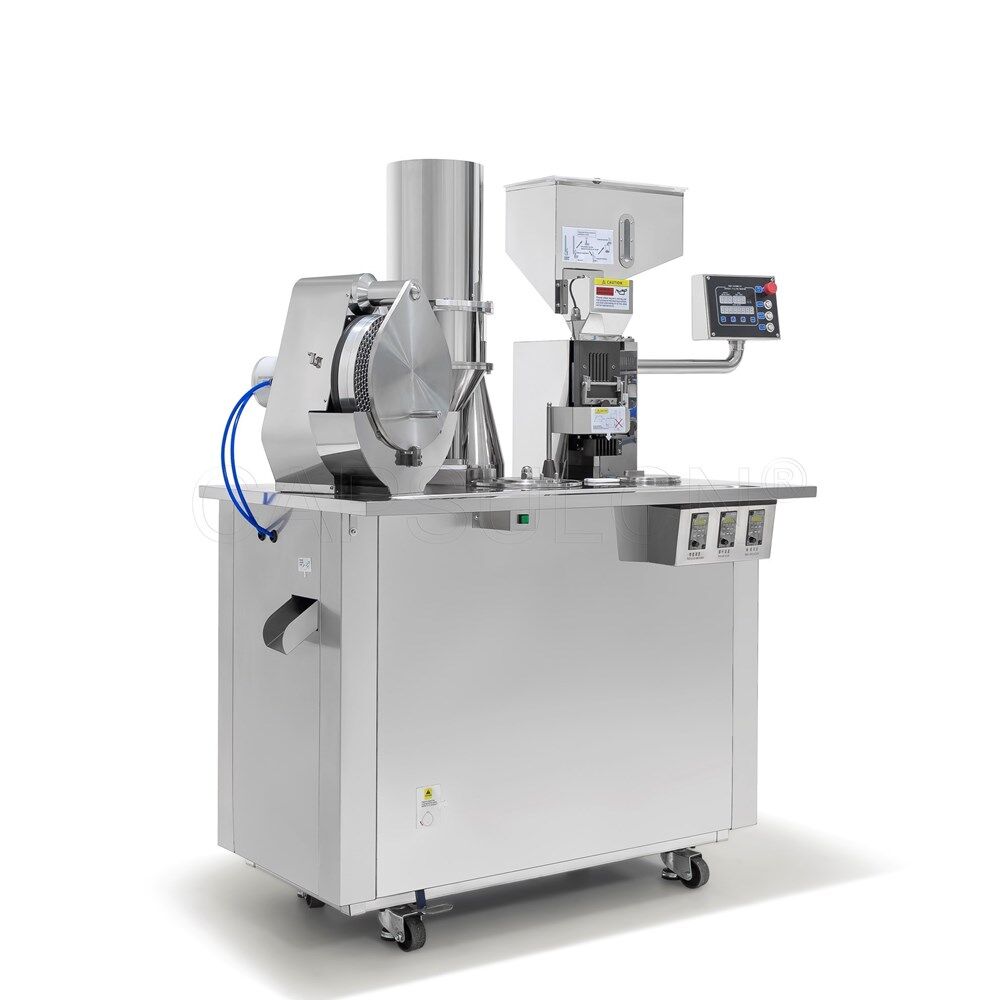
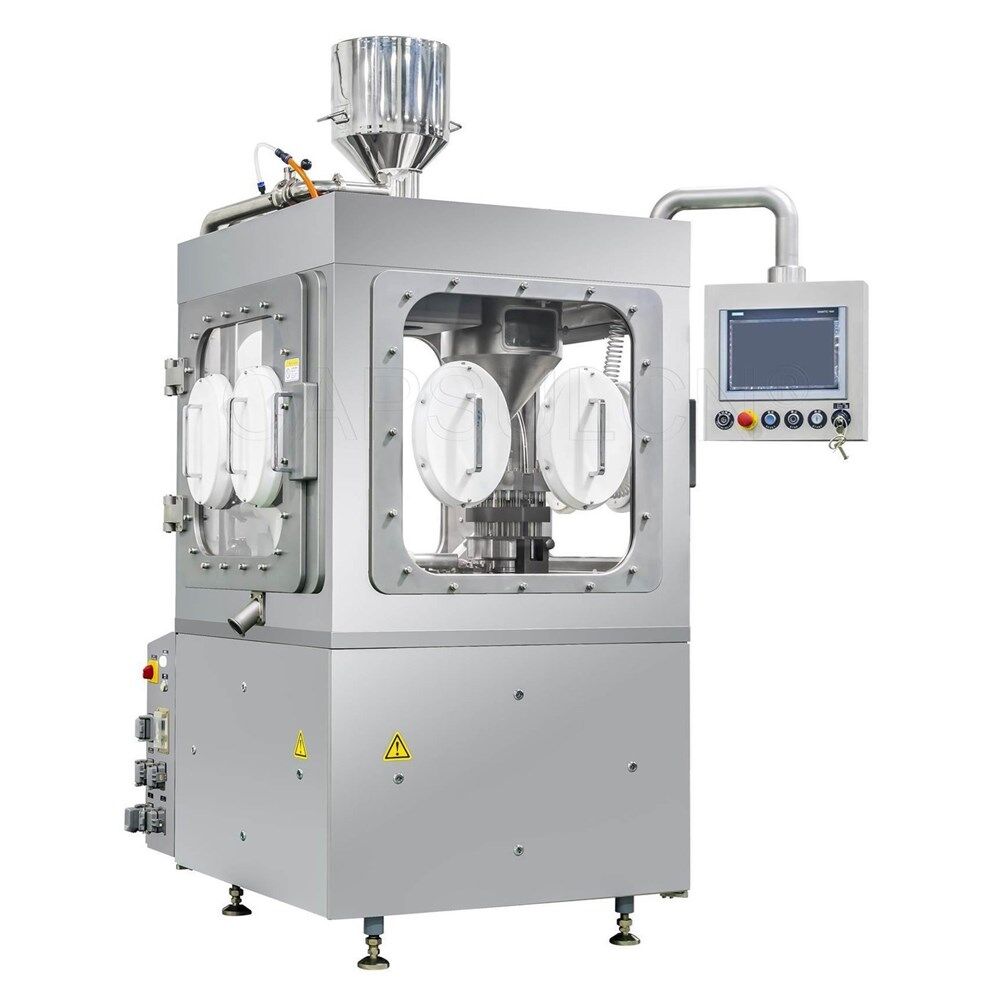
Containment Automatic Capsule Filling Machine SFK-703
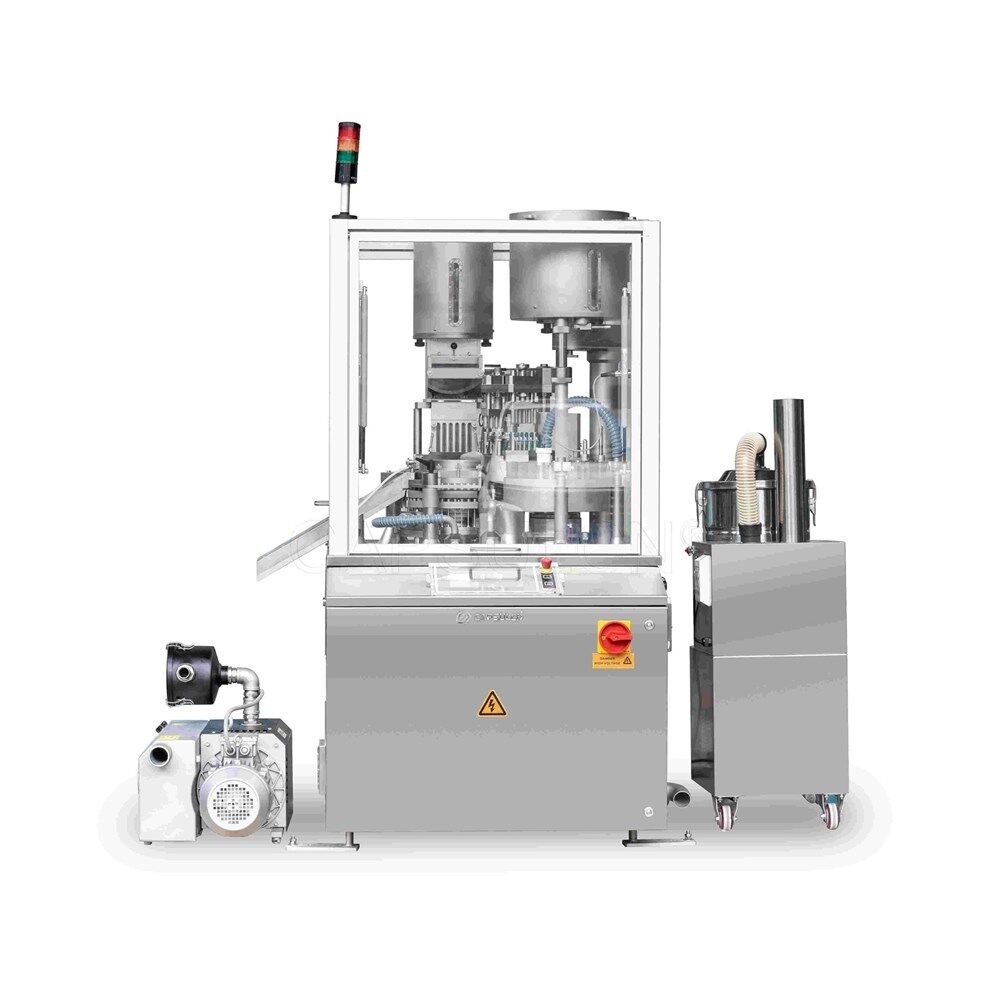
Fully Automatic Dosator Capsule Filling Machine CZ-40

Our Team
As an expert in the pharmaceutical and pharmaceutical packaging industry, iPharMachine has provided solutions for hundreds of pharmaceutical and health product manufacturers for 17 years. By visiting customers, we get good reviews from our customers.
- info@ipharmachine.com
- English Español Deutsche
